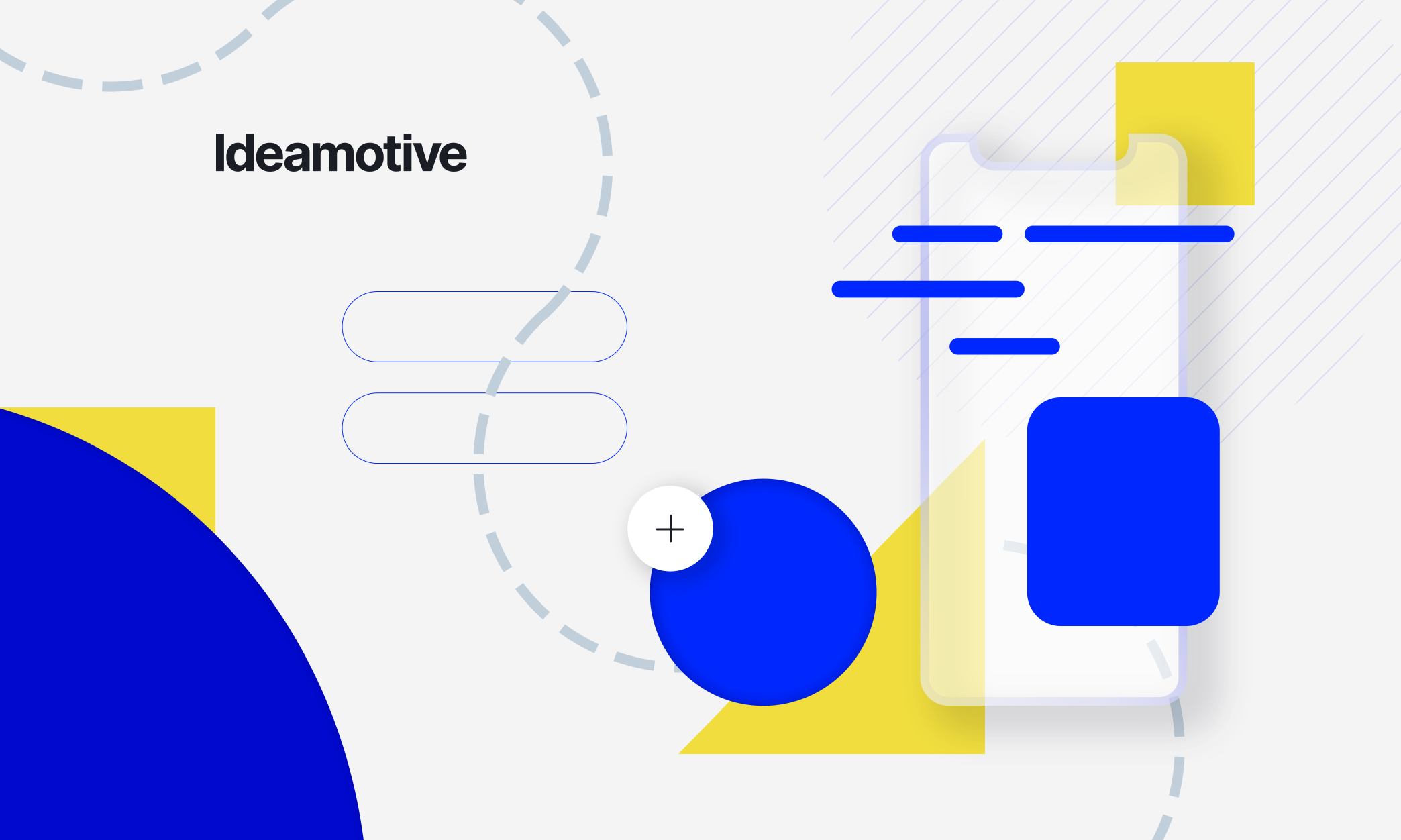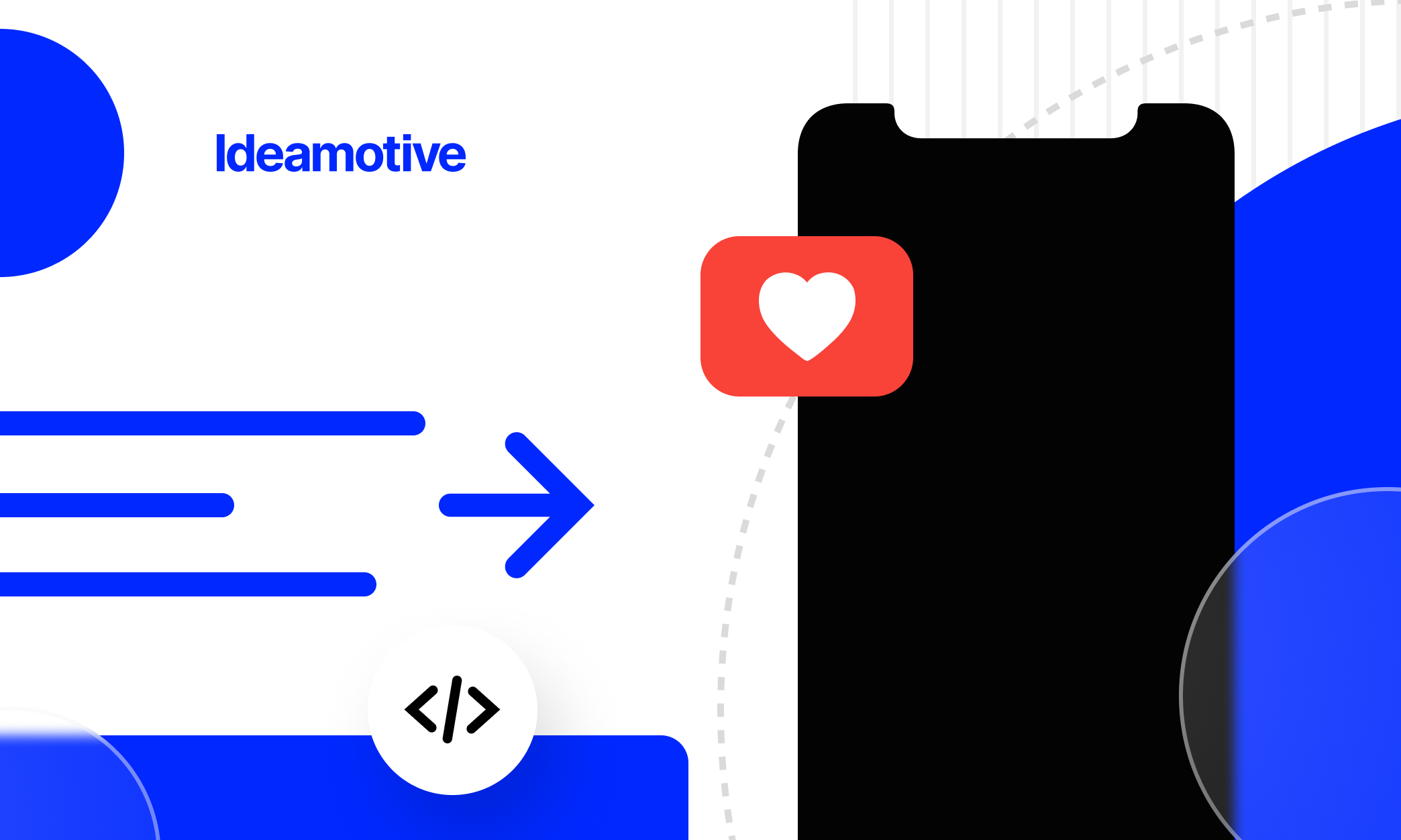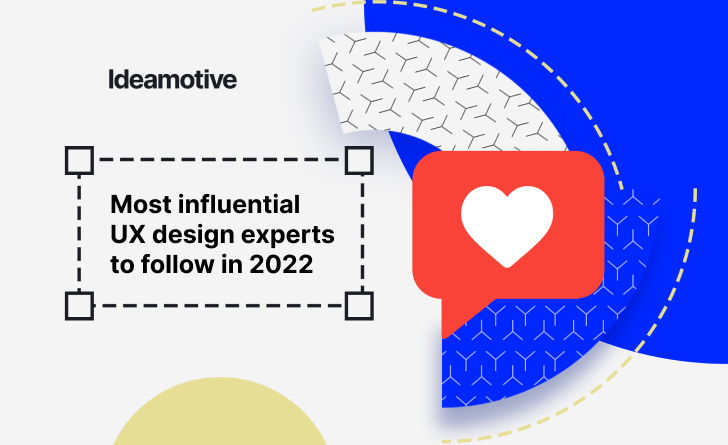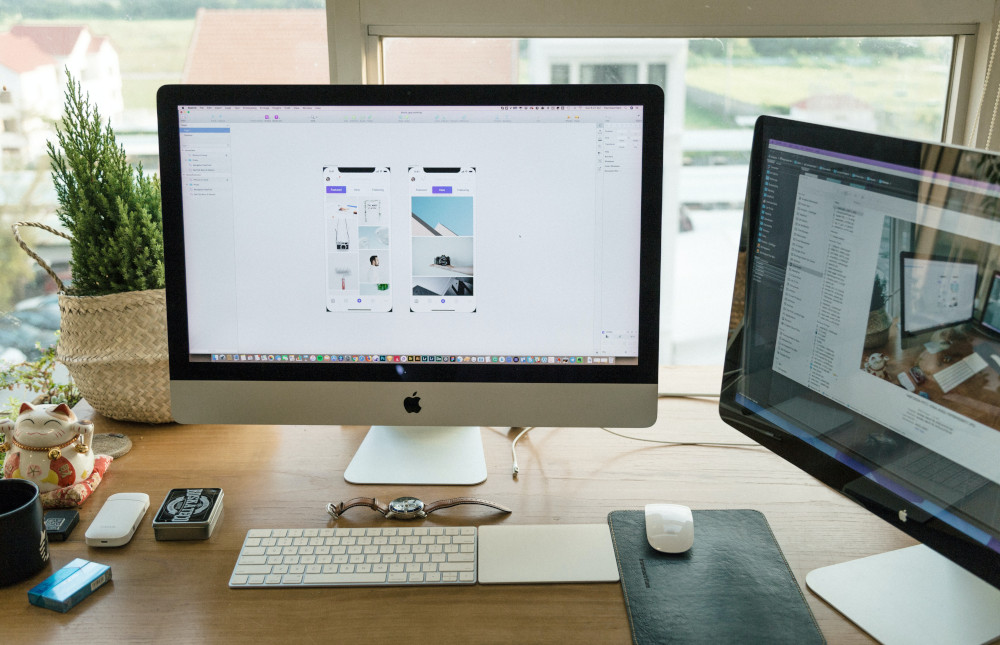Best UX/UI Designers Interview Questions And Answers
Here we want to present you a list of interview questions for UX/UI designers. This page will be useful for both applicants and employers. Here you can also find questions, answers, and tasks for a UX/UI designer interview.
Be sure to read and learn all the info in order to hold this recruitment stage successfully. However, remember that your portfolio is way more important! So in case you have a meeting tomorrow, make sure you have an outstanding portfolio, then spend hours studying the questions.
Junior UX/UI Designer Interview Questions
01
Why are wireframes important? Do you use/create wireframes yourself?
In most teams, the UX designer is responsible for creating wireframes, as he/she collects the needed information about the users. However, this doesn't mean that your UI/UX designer should not know anything about wireframes: there are teams in which wireframes are created by UI designers (or in conjunction with a UX designer). In addition, every UI designer must be able to "read" and understand the wireframes given to them.
Your potential UI designer should answer your question like this:
"A wireframe is, in fact, a visualization of a tool or a drawing of the currently existing stages, steps, functions, structure, and content of a page (site/screen). Wireframes should be simple. They should not contain design elements such as fonts, colors or graphics, as their main purpose is to reflect functionality."
02
How do you apply prototyping during your work?
Similar to wireframes, prototypes are typically created by a UX designer. Therefore, every UX/UI designer must understand why prototypes are needed and how to apply them in the process.
To put it simply, prototyping is about explaining the design, and it's needed to save time. To prevent UI designers from wasting their time designing or redesigning specific user interactions, prototypes are used to create mockups that show how design elements will be used.
Prototypes allow UI designers to identify potential "bottlenecks" that go against the UX designer's intent.
03
How do you interact with the UX designer (s) and developer (s)?
Your potential UI designer should be comfortable discussing this issue since both UX and UI designers work directly with design, which means they understand each other without words.
When UI designers need to tweak, change, add, or remove something that the UX designer has provided, they should jointly discuss wireframes, UI elements, characters and think about how the changes they make could affect the user experience. UI and UX designers should also jointly test the product at the development stage and provide feedback to the developer.
04
What is the "Aesthetics-Usability" effect?
This is a feature of our perception: a more attractive design is always perceived as more convenient, even if, in fact, it is not.
This phenomenon has been proven by two scientists from Tokyo: Kaori Kashimura and Masaaki Kurosu. They asked the participants to rate the interfaces for their beauty and usability. The results of the study proved that, when evaluating the functionality of the interface, the user is still strongly influenced by the aesthetic aspects.
A good UI designer should keep in mind that this effect can affect the user more than we might think. This, in turn, determines the behavior of the user and his perception of the ease of use of the system.
05
What is atomic design, and what are its 5 ingredients?
This is a fairly young but already very common methodology that Brad Frost presented to the world in 2013. Atomic design is all about designing individual elements and their combinations instead of designing entire web pages. This is a basic explanation of the essence of the methodology.
If your potential UX/UI designer names all 5 components of atomic design, it will be a great bonus for them:
- Atoms: The smallest and most basic building blocks. In terms of interfaces, these are fields, text boxes, buttons, etc. They can also include colors, palettes, fonts, etc.
- Molecules: When atoms come together, they form molecules - groups of atoms bound together. These are the smallest and most fundamental parts of the whole. Molecules can have their own special properties.
- Organisms: Organisms are made up of molecules. When molecules are combined into a group, we get a relatively complex and isolated section of the interface - an organism.
- Templates: This stage is understandable even for clients. Templates are groups of organisms organized into pages. This stage allows us to see things like the layout finally.
- Pages: These are specific uses of templates that allow us to see the final version of the interface. Pages are the most sophisticated version of this system, allowing UX and UI designers to test the effectiveness of the design system jointly.
Mid UX/UI Designer Interview Questions
01
How do you keep yourself fit to meet industry standards?
Digital design is constantly changing, and its standards are growing all the time. The biggest mistake your potential designer can make is falling behind the standards of the industry in which he/she works.
A good answer to this question would be to list the candidate's favorite/featured books, resources, blogs, podcasts, and YouTube channels through which the candidate gets to know the industry news. It will also be great if you hear from the candidate about the designers who inspire him. A good designer knows that there is never too much inspiration, helpful resources, and information, so answering this question should really get your prospective designer on fire.
02
What is a call to action (CTA)? Does the designer care about it?
A call to action is one of the most important (and perhaps most important) elements of a website, platform, app, or digital interface. In short, this is an interface element that pushes the user to the desired action: buying a product, downloading a report, reposting an article, donating money, etc. The wireframe and UX designer's prototype should reflect which call to action would ideally captivate the user.
A good UI designer should immediately notice the indicated call to action and pay more attention to this element when designing. You can focus on an element through color, size, font, position, and alignment: all of this is at the mercy of the UI designer.
03
What do you know about color theory and psychology?
This question shouldn't be too difficult for a good UI designer. This is the very basics. Color theory is essentially a set of rules and laws designed to simulate emotions, create mood, and attract attention through color.
In fact, the theory and psychology of color are based on two groups of colors: warm and cold. Warm colors such as orange, yellow, and red evoke enthusiasm, energy, positive thinking, and happiness. Cool colors - green, purple, and blue - create an atmosphere of trust, calmness, and peace.
Each individual color also has the ability to evoke certain emotions. For example, red is associated with danger.
A good UI designer always uses the power of color to reinforce the message that is conveyed.
04
What do you think of style guides for interfaces?
In answering this question, your candidate should address the following points: What is a style guide? Why is it created, and what is it used for? What is a designer's personal experience with style guides?
Similar to atomic design, style guides are created to ensure consistency in the design of a product, site, application, and other projects with different interface states.
The style guide covers everything from branding, colors, fonts, and layouts to a set of standards specifically designed for a particular company. Style guides help improve team productivity and ease the immersion process for new hires.
05
What role do you play in your work with element mapping?
Any good UI/UX designer creates elements based on their shape, size, color, position, and alignment. This means that your candidate should have an important role to play with element mapping.
In simple terms, displaying an item is the intended relationship between an item and its effect. If the effect of interacting with an element matches the user experience, then the element has a good display (good mapping).
For example, imagine a set of pictures arranged horizontally that you can move left and right. Next to them should be controls or buttons that allow you to move the pictures from side to side. To move the pictures to the left, you press the button on the left. Since the button on the left corresponds to our idea of moving pictures to the left, we can say that the button has a good display.
Senior UX/UI Designer Interview Questions
01
What is a Minimum Viable Product (MVP)?
Sometimes designers create completely self-centered work. This happens in cases where all the requirements set by the UX designer have already been met, but the UI designer continues to complicate the design in order to give free rein to his creativity, or to try something new, or to add something to their taste.
MVP works exactly the opposite; it involves creating a basic version of a product that early adopters can already use (and buy). The main goal is to get the product to market as quickly as possible without overloading features that are not key.
Additional features and design elements are added later, based on feedback from real users, not the designer's assumptions and ideas. Many world-famous products were built on the basis of MVPs, for example, Twitter.
02
Do you find the mobile-first approach to design effective, and why?
Ideally, your candidate should explain that the mobile-first approach came about as a consequence of responsive web design in order to make the designer's work more efficient and effective.
This approach involves creating the first version of the design for the smallest screen. Only then does the design "expand" for larger screens. This approach saves time and improves designer efficiency. When a design is initially drawn for a large screen, it can be very difficult for a designer to fit all the elements onto a smaller screen afterward.
03
How do you apply Occam's Razor in your design work?
This principle is as simple as the Pareto principle (also known as the 80/20 rule). The principle says that when choosing between two options, you need to give preference to the simplest.
UI designers use Occam's Razor principle when choosing between two different designs or between two design elements within the same function. Simplicity is always preferred. In other words, choose the option that generates fewer assumptions.
04
Have you come across participatory design?
Even if your candidate has no personal experience of participating in such a project, he should at least tell you in his own words what "participatory design" is and what it is used for.
Basically, this term implies the involvement of everyone (employees, partners, customers, users, any stakeholders) in the design process to ensure that the final product meets their needs and expectations and that they can freely use it.
05
When do you use style tiles?
Style tiles have a lot in common with atomic design methodology, prototypes, wireframes, and style guides. Style tiles are needed to more clearly show the client (end-user) how the site, product, or application will look. Style tiles are a cross between a mood board and a mockup.
In fact, style tiles are often used in place of traditional layouts. In most cases, they are created very early in the design process, much earlier than layouts. Style tiles allow you to get more meaningful feedback earlier.

There are hundreds of battle-proven software development experts in our Talent Network.
Are you a UX/UI designer looking for amazing projects? Join as a Talent





